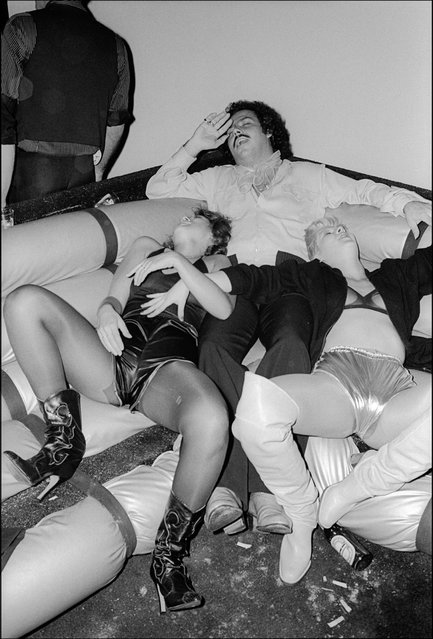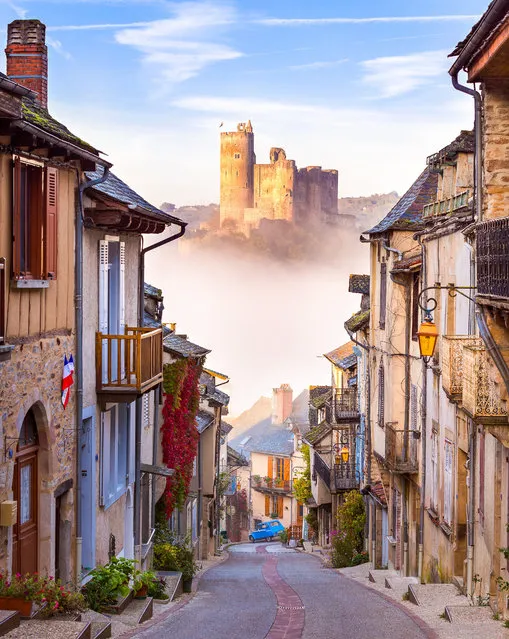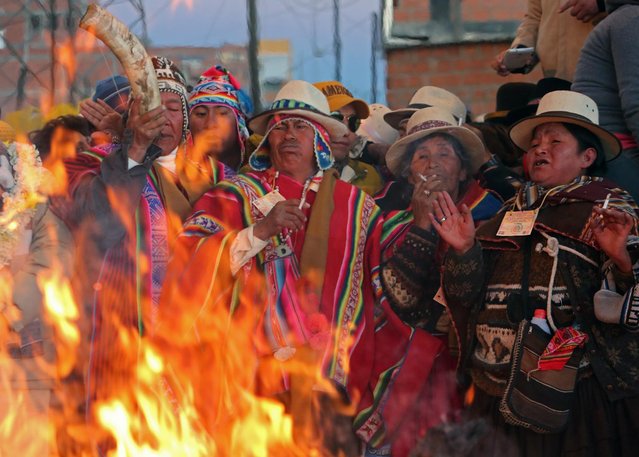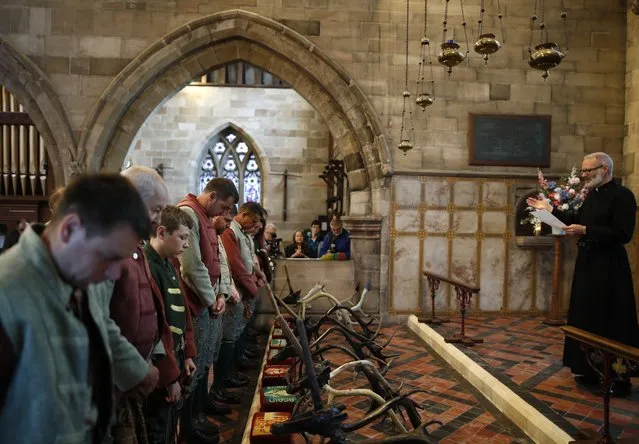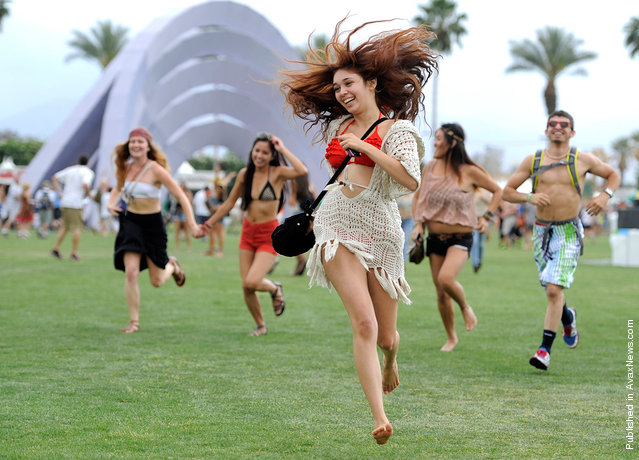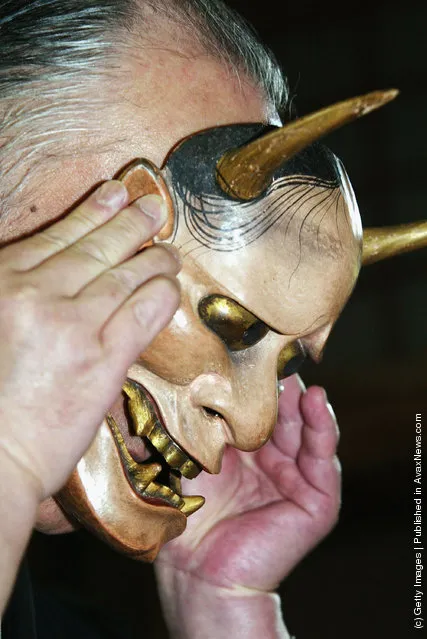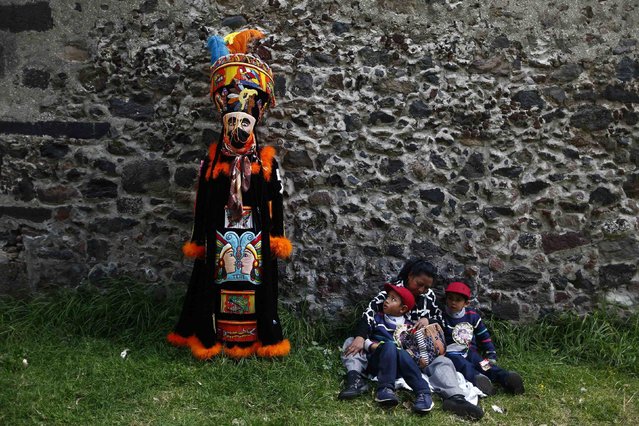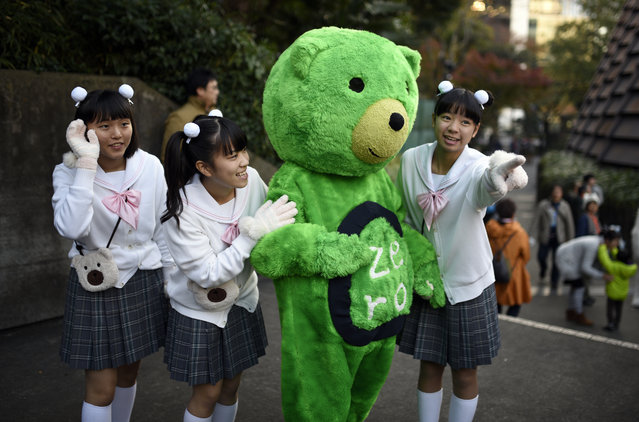
Young Japanese women pose with a green bear costumed person during the 'Earth Parade 2015' in Tokyo, Japan, Saturday, November 28, 2015. Ahead of the U.N. climate change summit in Paris starting this week, about 1,000 citizens and environmental activists took to the streets of Tokyo on Saturday, calling for strong actions to combat global warming. (Photo by Franck Robichon/EPA)
30 Nov 2015 08:00:00,post received
0 comments

